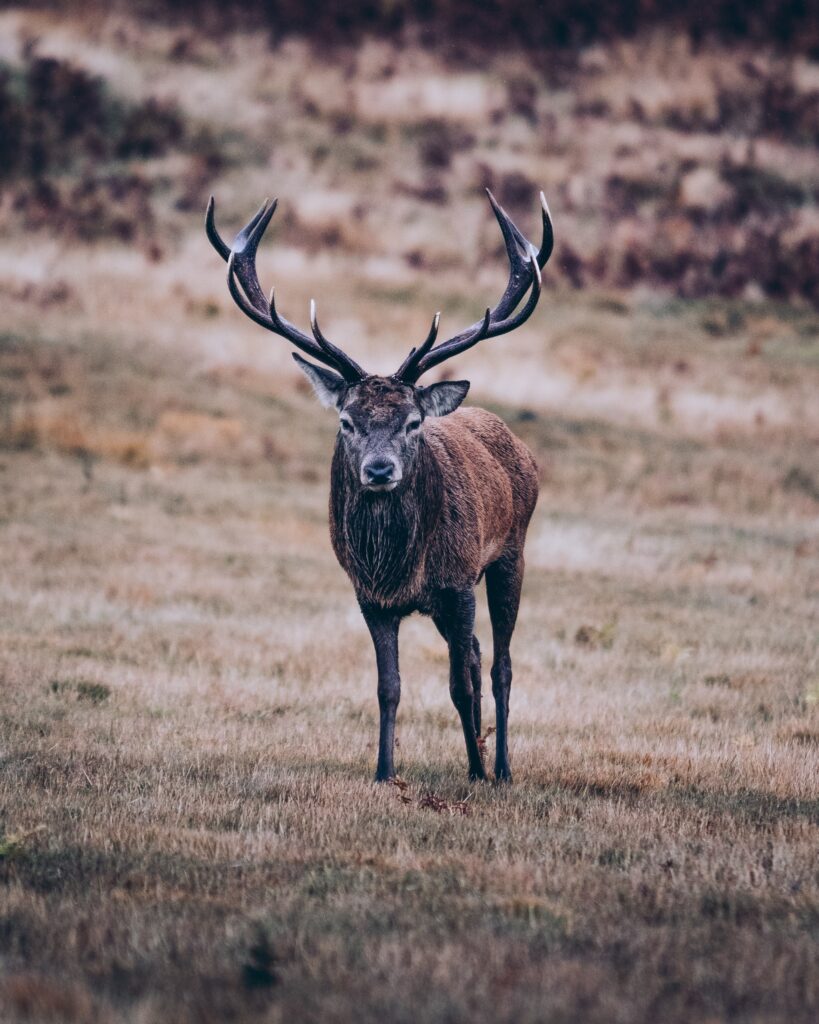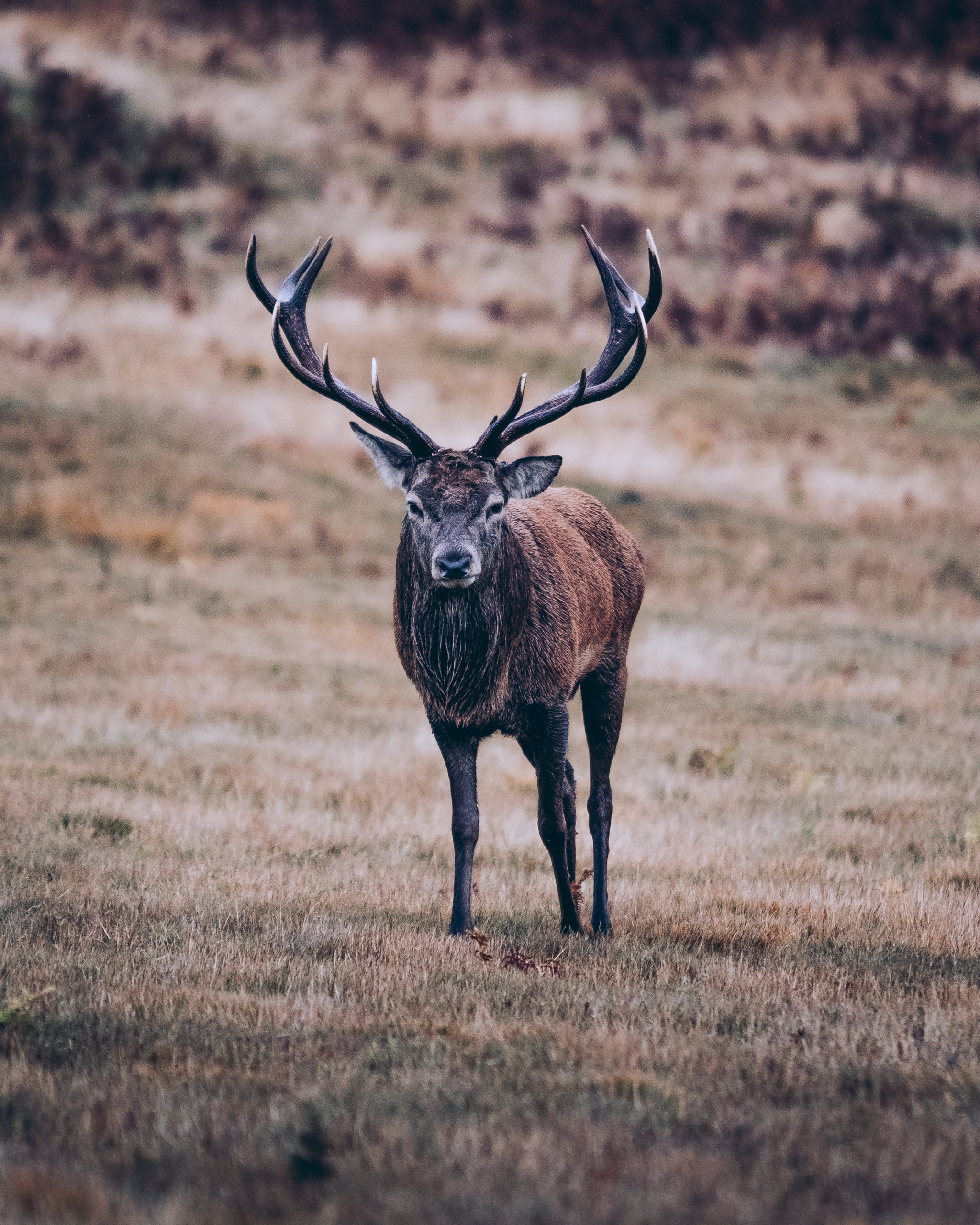鹿の角が抜ける頃
七十二候の第六十五候は「麋角解(さわしかのつのおつる)」です。これは、オス鹿の角が抜ける頃という意味です。
オス鹿の角は、春に生え始め、秋頃になると、根元から自然に抜け落ちます。角は、栄養や血液を蓄えたもので、繁殖期に、他のオスとの争いに備えて、大きく成長します。
角は、骨ではなく、角質でできています。角質は、コラーゲンやケラチンなどのタンパク質でできており、とても丈夫です。角は、長さ数十センチメートルにもなり、枝分かれした形をしていることもあります。
角が抜け落ちた後は、新しい角が生え始めます。新しい角は、最初は柔らかく、毛が生えています。その後、血管が通って硬くなり、角としての形が整っていきます。
「麋角解」は、冬至の次候です。冬至は、一年で最も昼が短く、夜が長い日です。この頃は、自然界も冬の準備をしています。鹿の角が抜け落ちるのも、冬の訪れを告げる自然の営みのひとつです。

The shedding of deer antlers
鹿の角が抜ける頃
The sixty-fifth seasonal sign of the seventy-two seasonal signs is “Sawayaka no Tsunodatooru (鹿の角が落ちる頃)”, which means “the time when deer antlers shed”.
The antlers of male deer shed naturally from the base in the fall, after growing in the spring. Antlers are a storehouse of nutrients and blood, and they grow large during the breeding season in preparation for competition with other males.
Antlers are not bones, but are made of keratin. Keratin is a protein that is also found in hair and nails. Antlers can grow to be several tens of centimeters long, and they may have a branched shape.
After the antlers shed, new antlers begin to grow. At first, new antlers are soft and have hair. Later, blood vessels pass through them and they harden, taking on the shape of antlers.
“Sawayaka no Tsunodatooru” is the next seasonal sign after the winter solstice. The winter solstice is the day with the shortest day and the longest night of the year. At this time, nature is also preparing for winter. The shedding of deer antlers is also one of the natural processes that herald the arrival of winter.

コメント